Connections
Timber to Timber
Timber-to-timber connections involve direct attachment between wooden members using mechanical fasteners (e.g., screws, nails, dowels) or traditional joinery techniques.
Benefits
- Aesthetic Appeal: Provides a seamless, all-wooden appearance that enhances natural beauty.
- Strength: Using wooden pegs with mortice and tenon joints forms incredibly strong structures which will last hundreds of years.
- Ease of Fabrication: Can be crafted using woodworking tools without specialized steel components.
Design Considerations
- A combination of wooden and mechanical fixings can be used...
- Load-bearing capacity depends on timber species and joint type.
- Recessed connections can improve aesthetics, unless steel connections are chosen for their own aesthetic style such as doughnut tie rods.
Fire Performance
- Timber chars predictably, forming an insulating layer that maintains structural integrity longer than unprotected steel.
- Concealed joints reduce airflow, slowing fire spread.



Timber-to-Steel Connections
Timber-to-steel connections are commonly used in hybrid structures where metal plates, bolts, or brackets enhance load-bearing capacity and design flexibility.
Benefits
- Structural Strength: Allows for large-span constructions with high load resistance.
- Design Flexibility: Enables complex geometries and high-performance designs.
- Durability: Steel components resist shear forces and improve longevity.
Design Considerations
- Requires precision drilling and fastening to avoid splitting timber.
- Bolted or welded steel plates should be designed to prevent thermal expansion issues.
- Recessed or concealed steel elements can maintain a timber-centric aesthetic.
Fire Performance
- Steel loses strength rapidly at high temperatures, necessitating fire-resistant coatings or encapsulation.
- Hybrid designs may require additional fire protection measures, such as intumescent coatings.
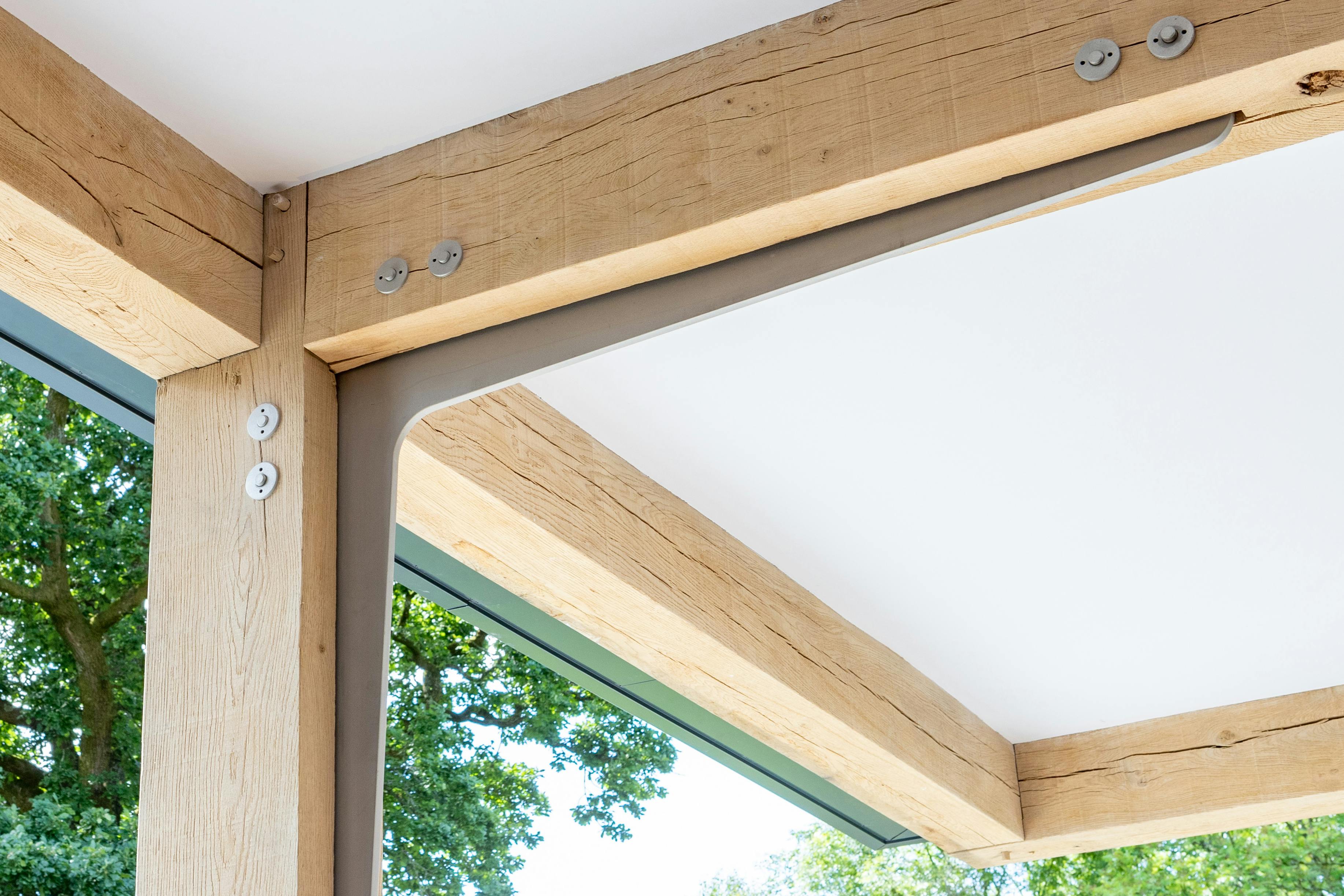

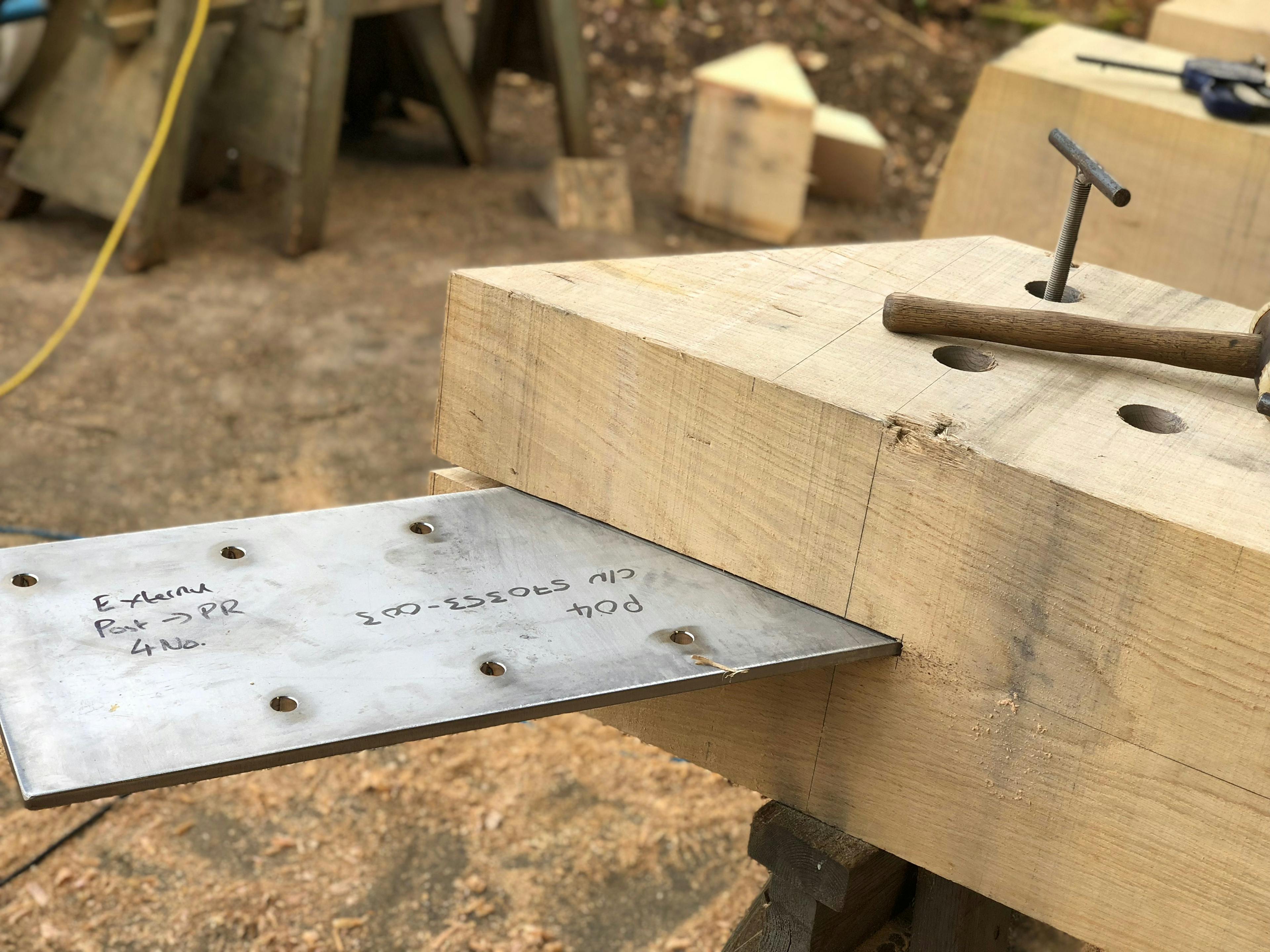
Traditional Mortice & Tenon Connections
Overview
Mortice and tenon joints are among the oldest timber joinery methods, where a protruding tenon fits snugly into a mortice slot, often secured with wooden pegs.
Benefits
- Historical Authenticity: This is an ancient and steadfast method, and can be applied to buildings ranging from small extensions to large wedding barns.
- Mechanical Strength: When well-crafted, provides strong interlocking support without additional fasteners.
- Longevity: Properly executed joints can last centuries with minimal maintenance.
Design Considerations
- Requires skilled craftsmanship and precise cutting.
- More time-consuming compared to modern fastener-based methods.
- Works best with dense hardwoods for increased durability.
Fire Performance
- All-wood design ensures predictable charring without sudden failure.
- Pegged joints reduce metal fasteners, improving fire resilience.
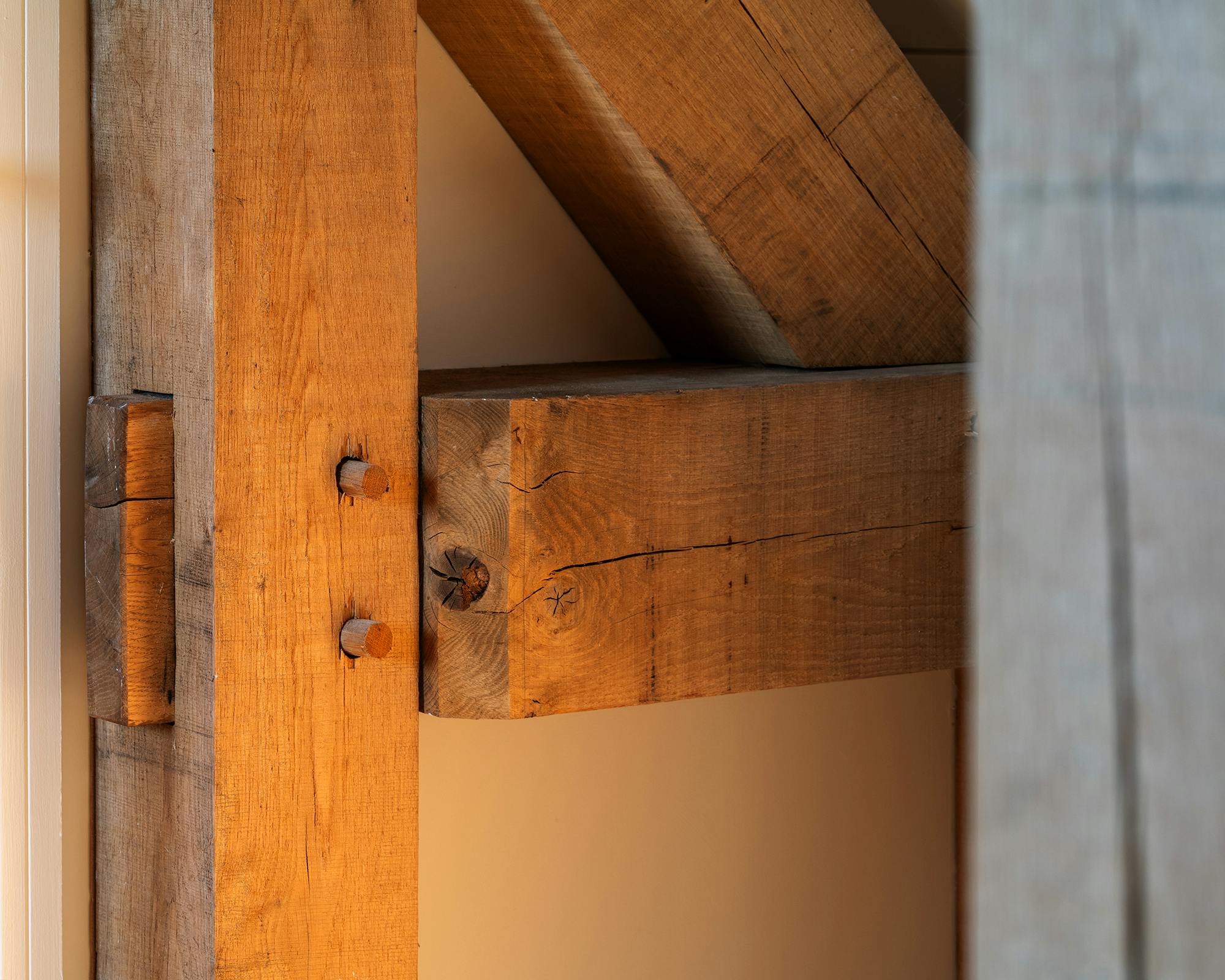
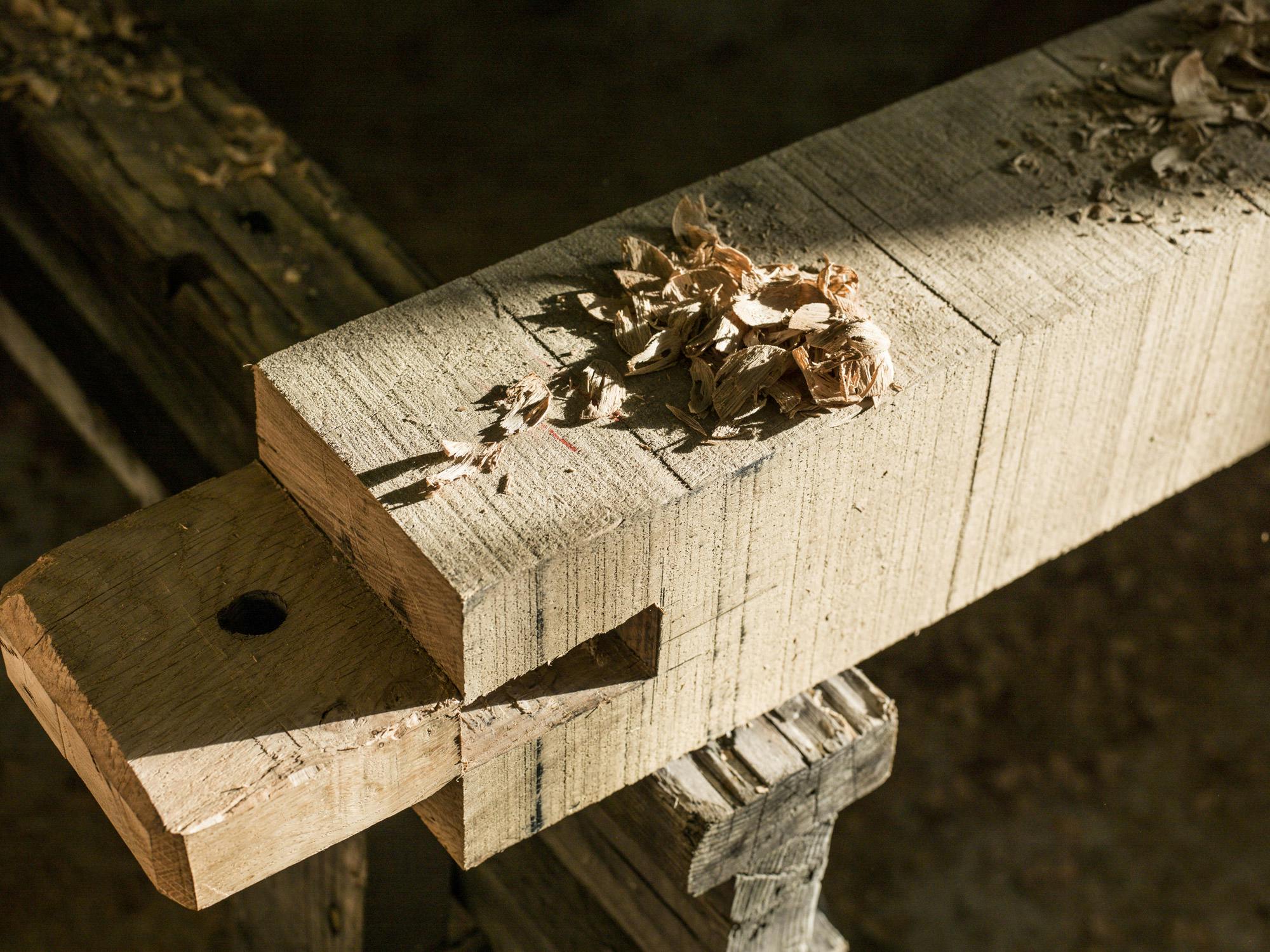
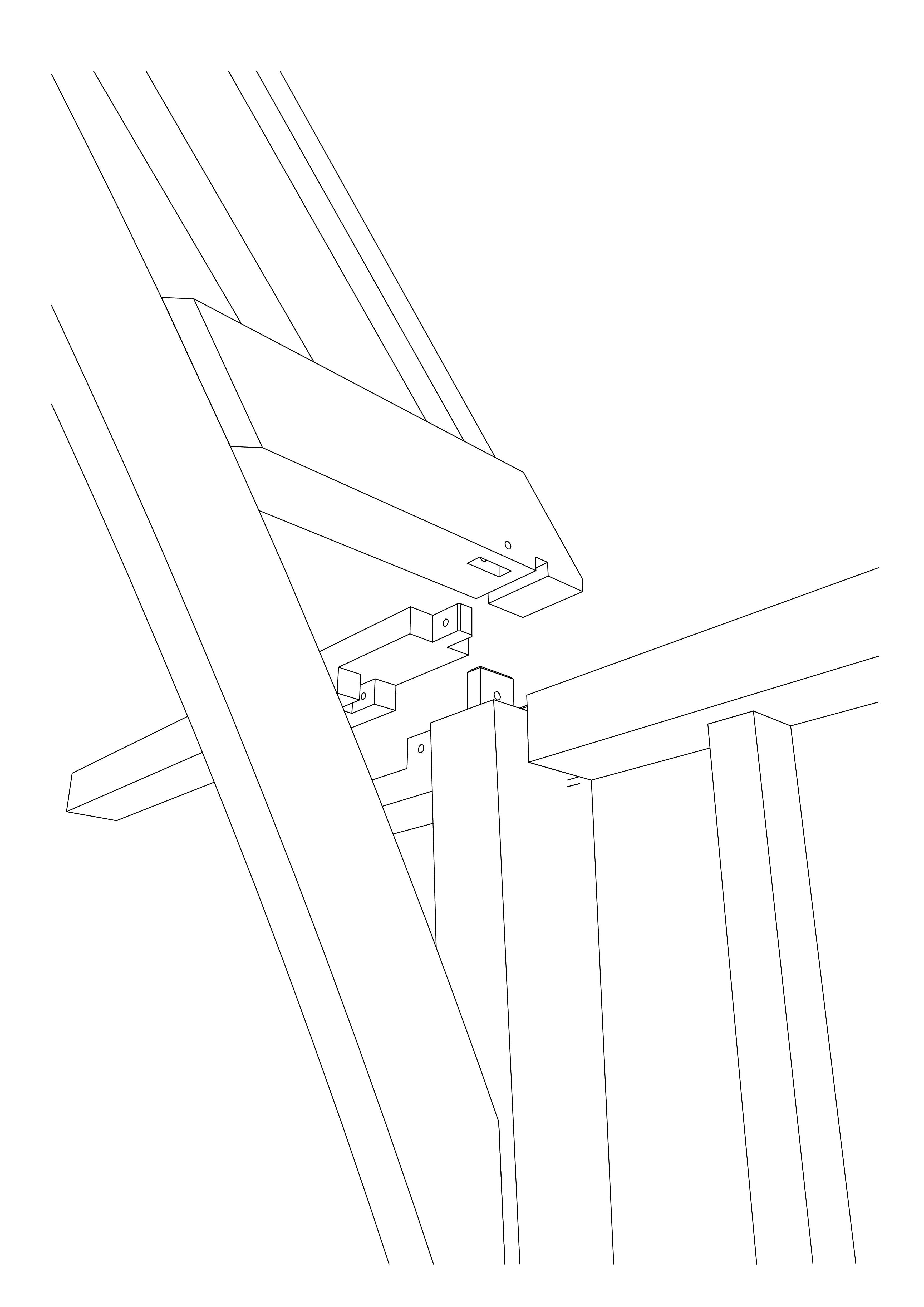
Contemporary Steel Bracket Connections
Steel brackets offer a modern solution for securing timber elements, using bolted or screwed plates and connectors for quick and robust assembly.
Benefits
- Speed of Construction: Prefabricated brackets enable fast on-site assembly.
- High Load Capacity: Stronger than traditional joinery, supporting larger spans.
- Versatility: Suitable for various timber species and hybrid structures.
Design Considerations
- Can be designed as visible features for an modern or industrial look, or concealed for a minimalist appearance.
- Requires accurate pre-drilling to ensure alignment and strength.
- Steel brackets should be corrosion-resistant if exposed to the elements.
Fire Performance
- Exposed steel brackets require fire protection as they weaken under extreme heat.
- Brackets can be recessed within timber elements to reduce exposure and enhance safety.
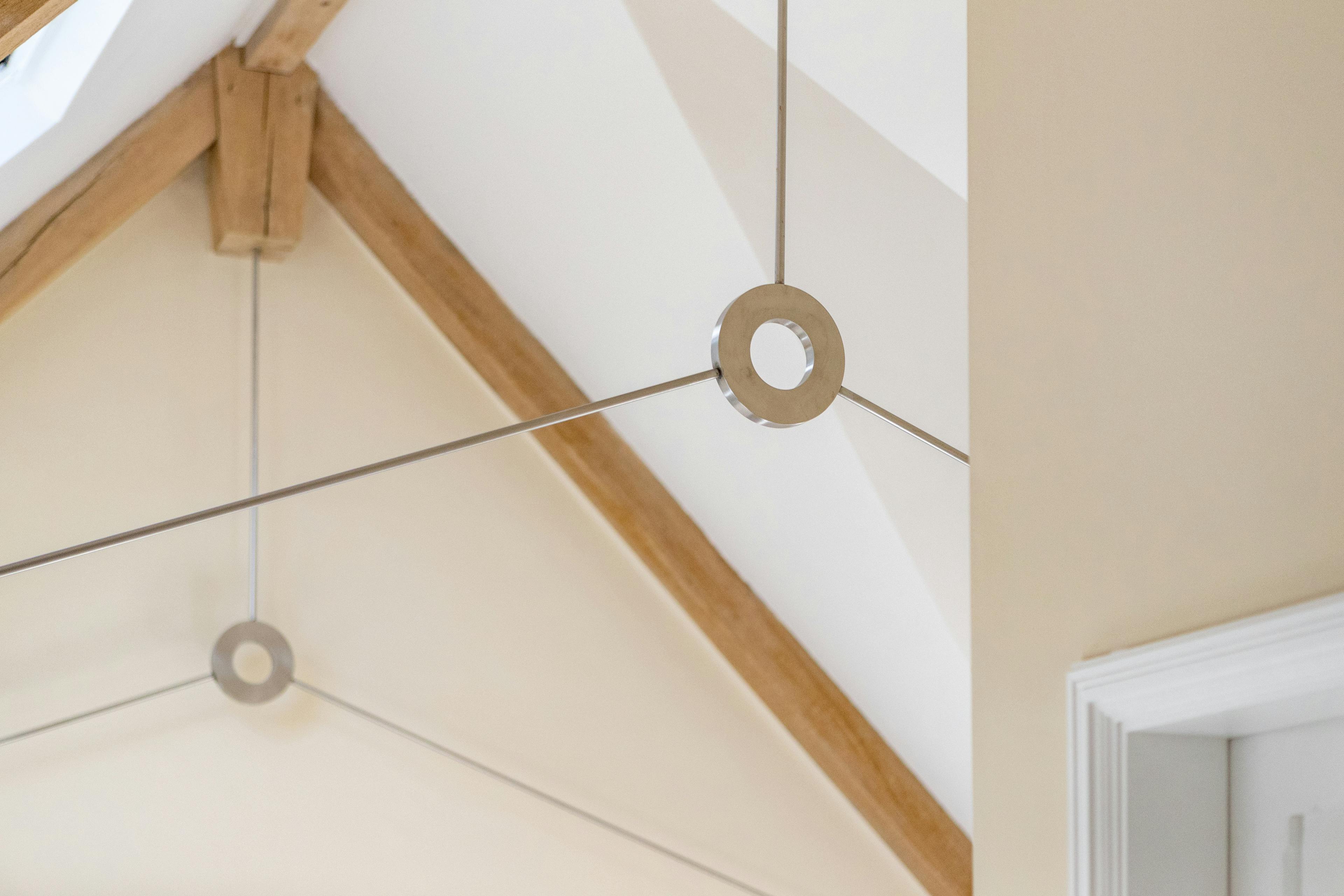
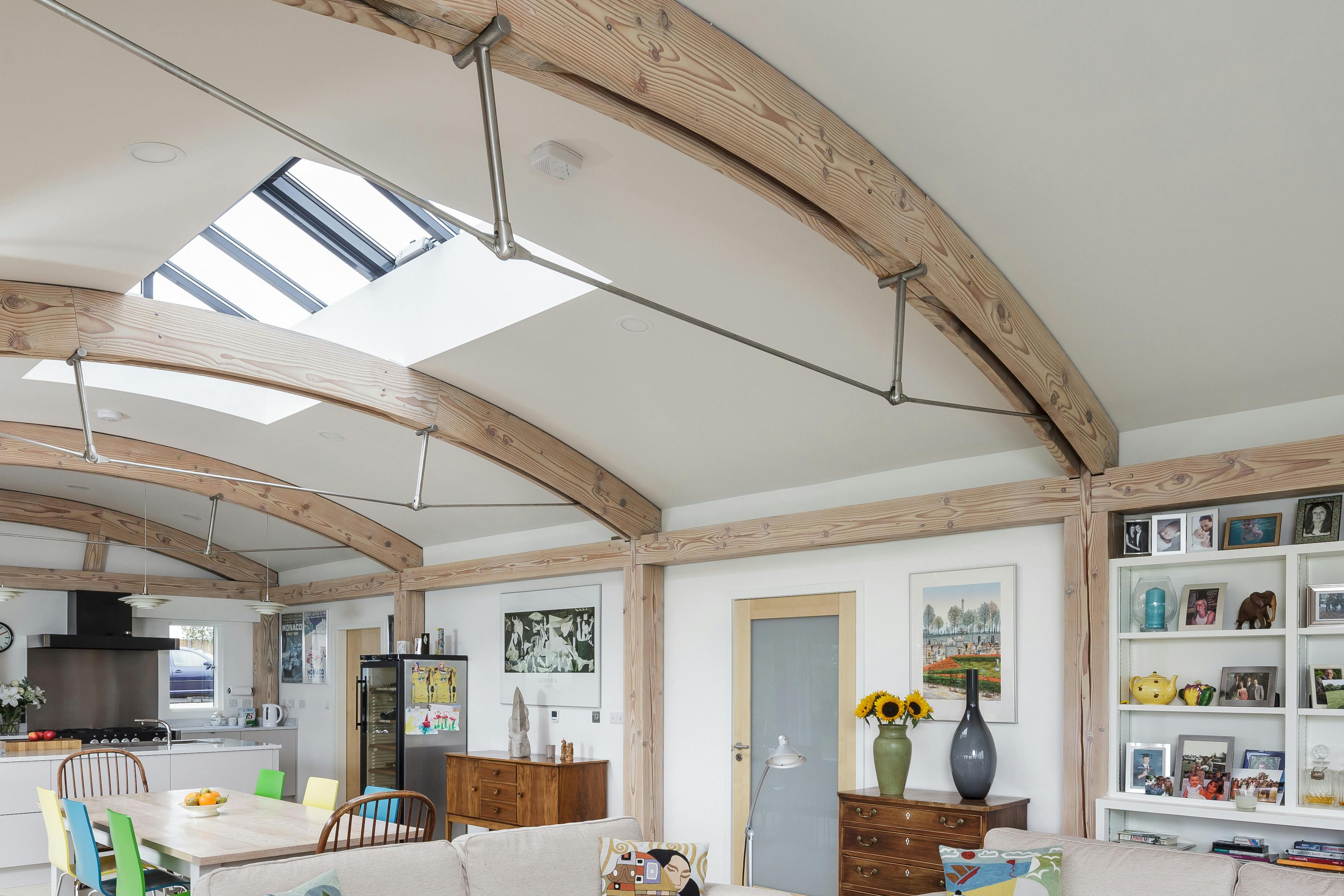

Helping you choose what's right for your project
Choosing the right connection method for a structural timber frame depends on structural requirements, aesthetics, fire safety, and design goals. Traditional timber-to-timber and mortice & tenon joints offer timeless craftsmanship and fire resilience, while contemporary timber-to-steel and steel bracket connections provide enhanced strength and modern appeal. By carefully considering these factors, you can create durable, beautiful, and safe timber-framed structures that stand the test of time.
Our project consultants and design team can provide the specialist knowledge to ensure the timber connections for your frame meet the unique requirements and design intent of your project.
Interested in structural timber frame connections?
Contact us if you would like to to discuss in more detail
Get in touch